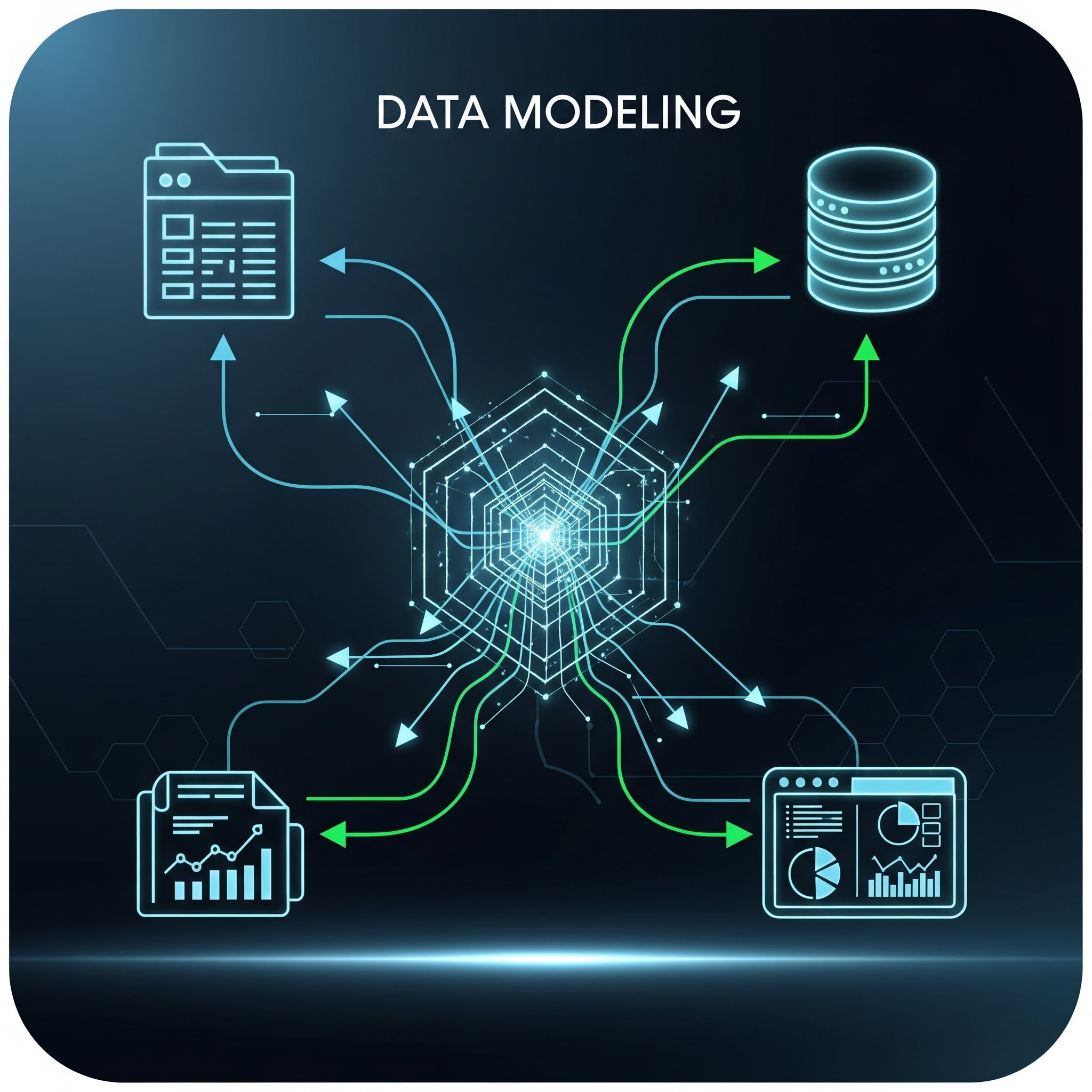
Understand Your Data, Build Enterprise Data Platforms Faster
Data teams spend weeks or months understanding source system data, how it's connected & how it can be used — a task that can be accelerated using domain knowledge, data models & genAI assistance.
.png)
Gather Business Requirements with Assistance from GenAI
Business spends far too much time trying to connect with data teams. What if they could create a conceptual ER-diagram that explains their data requirements without having to work with any data experts?
GenAI makes this easy and fast. A domain expert can use Ellie to create ER diagrams instantly through text, diagrams, or via a chatbot.

Manage Business, Database Layers on One Platform
What if your semantic layer isn’t only about gathering business requirements and you could convert it directly into a physical data model and SQL databases?
You can use Ellie to gather requirements and then model the data that’s required to meet those requirements on one platform.
Our semantic layer — conceptual ER-diagrams — can be converted into logical or physical data models, providing a direct connection between business and data.

Build a Physical Data Layer on Top of Business Problems
A data team member can go from semantic or business understanding of a data problem to actually creating an implementable database on Ellie.
Our physical modeling canvas combines the ease of use of our conceptual canvas while closely mimicking the structure of an actual database.
When possible, you can continue to keep the connection between the tables an engineer has created and the entities used in an ER diagram that is easily understood by domain experts.

Connect Your Data Catalog to Enrich Business & Data Layers
Your data catalog such as Collibra or Purview is a tightly integrated dictionary of business and data terms. Bi-directional integration to Ellie ensures that a data catalog is part of gathering requirements (ER diagrams) and connected to physical data models.
Your data team — from engineers to architects — now have an faster way to design and build data products.
You can also create approval workflows to update information in a data catalog if changes are made to definitions in Ellie.

Gather Business Requirements with Assistance from GenAI
Business spends far too much time trying to connect with data teams. What if they could create a conceptual ER-diagram that explains their data requirements without having to work with any data experts?
GenAI makes this easy and fast. A domain expert can use Ellie to create ER diagrams instantly through text, diagrams, or via a chatbot.

Manage Business, Database Layers on One Platform
What if your semantic layer isn’t only about gathering business requirements and you could convert it directly into a physical data model and SQL databases?
You can use Ellie to gather requirements and then model the data that’s required to meet those requirements on one platform.
Our semantic layer — conceptual ER-diagrams — can be converted into logical or physical data models, providing a direct connection between business and data.

Build a Physical Data Layer on Top of Business Problems
A data team member can go from semantic or business understanding of a data problem to actually creating an implementable database on Ellie.
Our physical modeling canvas combines the ease of use of our conceptual canvas while closely mimicking the structure of an actual database.
When possible, you can continue to keep the connection between the tables an engineer has created and the entities used in an ER diagram that is easily understood by domain experts.

Connect Your Data Catalog to Enrich Business & Data Layers
Your data catalog such as Collibra or Purview is a tightly integrated dictionary of business and data terms. Bi-directional integration to Ellie ensures that a data catalog is part of gathering requirements (ER diagrams) and connected to physical data models.
Your data team — from engineers to architects — now have an faster way to design and build data products.
You can also create approval workflows to update information in a data catalog if changes are made to definitions in Ellie.

Ellie makes complex data modeling simple
Subscribe to our newsletter to get our latest updates!

Latest news from team Ellie

Thinking Fast and Slow: Making Data Modeling Feel Natural









